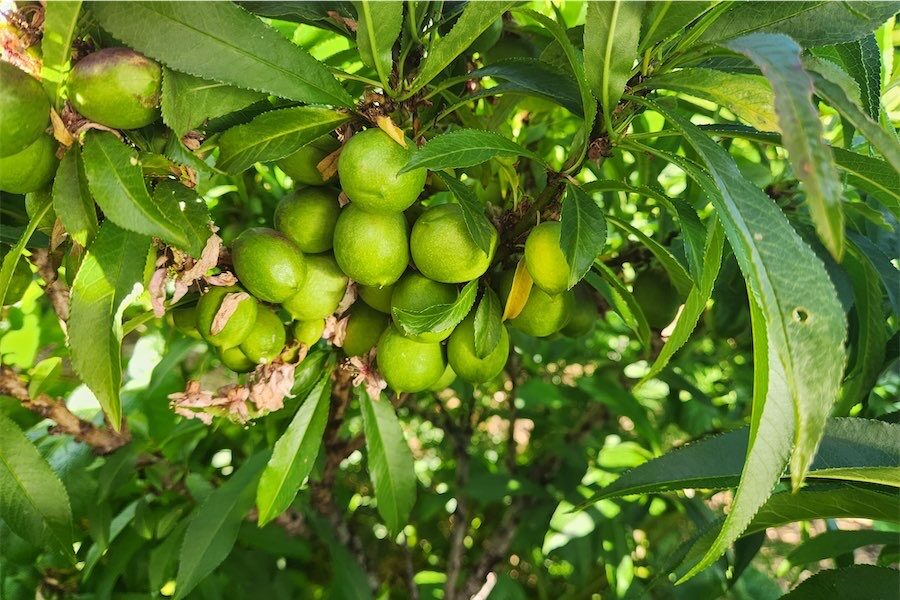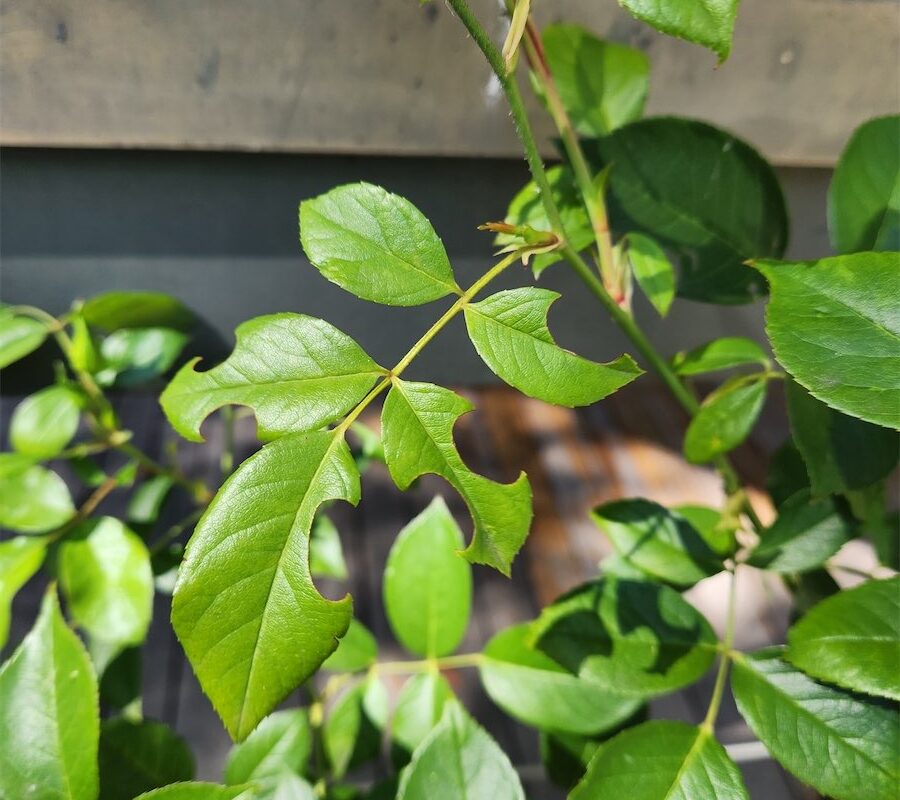 CONIFERS provide structure and evergreen shrubs as a foil against deciduous trees and shrubs that give many gardens a naked look in winter.
CONIFERS provide structure and evergreen shrubs as a foil against deciduous trees and shrubs that give many gardens a naked look in winter.
In our local climate, there are few evergreen trees as opposed to shrubs. In the early days of Canberra, many conifers were grown – taking into account the blocks were considerably larger.
Also conifers were sold without the customer having the slightest idea how large they grew, in many instances to 10-12m plus. Instances of this can be seen all over the suburbs. As I wrote last week, if you are buying trees to do some homework first.
There are conifers available for the small garden, townhouse garden or even in containers on a balcony. Conifers also make perfect bonsai specimens. For examples visit the National Bonsai and Penjing collection housed in the purpose-built building in Commonwealth Park (open 10am to 3pm, seven days a week).
A great starting point to see a wide range of conifers is a visit to Cockington Green. In the picture, the conifers in the background appear to be giants, however keep in mind the building is only 40cm tall!
There is no better way than seeing them grow in natural conditions and in combination with other small shrubs. One great combination is conifers and both the green and variegated box hedging, Buxus sempervirens and B.s. “Aurea”.
A few suggestions to get you started include Thuya orientalis “Aurea Nana” (any plant with “nana” in the name means dwarf), commonly referred to as the bookleaf conifer. It has a perfect compact rounded habit that needs no trimming to keep it in shape.

A firm favourite of recent years is Thuja “Smaragd” of Danish origin, with its compact growth and dark green foliage it is ideal for a hedge growing to three metres. With an occasional trim, it can easily be kept to fence height of 1.8m high. Check out also Picea glauca “Christmas Star” and Chamaecyparis lawsoniana “White Spot”.
Many conifers have wonderfully coloured cones pictured here on Abies koreana. The cones start to appear when the tree is still quite young. This is one for the larger garden or the rural property; likewise why not grow Pinus pinea for its edible nuts? Originating in the Mediterranean, its common name is the Italian Stone Pine or the Umbrella Pine due to its rounded umbrella-shaped top.
Take this list as a starting point to your local garden centre and check out the wide range of other conifers.
Who can be trusted?
In a world of spin and confusion, there’s never been a more important time to support independent journalism in Canberra.
If you trust our work online and want to enforce the power of independent voices, I invite you to make a small contribution.
Every dollar of support is invested back into our journalism to help keep citynews.com.au strong and free.
Thank you,
Ian Meikle, editor




Leave a Reply